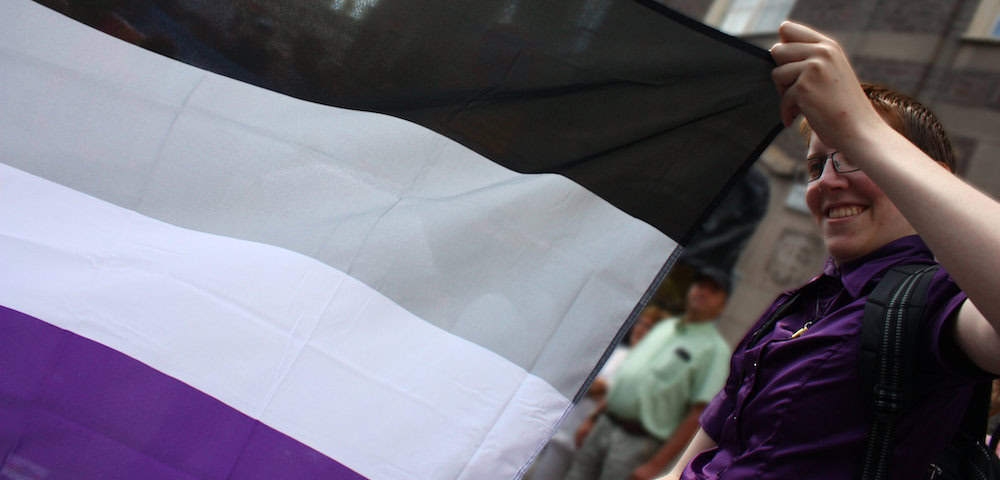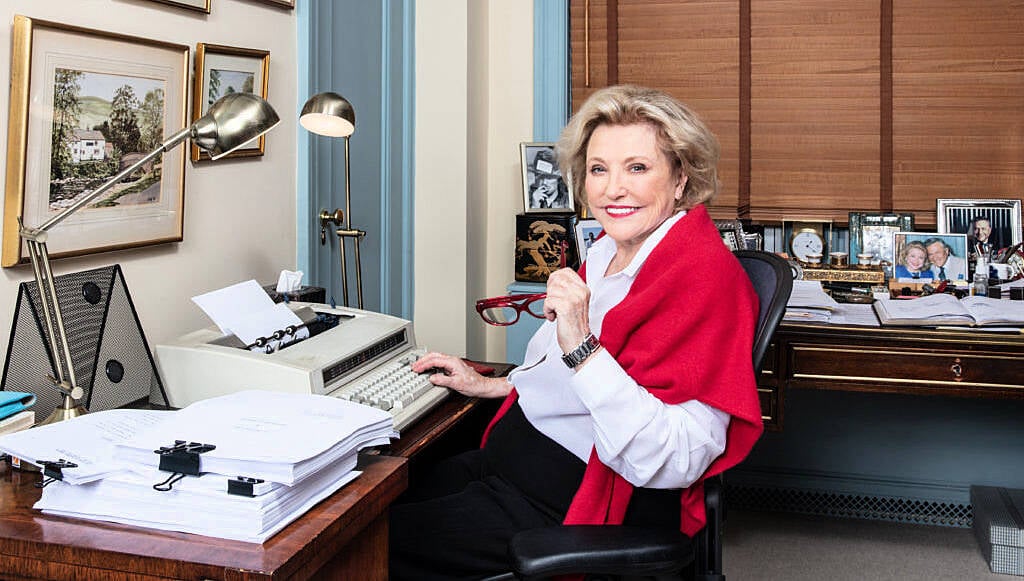To celebrate Asexual Awareness week or Ace Week (October 20 — 26), we’ve put together a list of 6 facts everyone should know about asexuality and the asexual community. One of the lesser talked about communities within the LGBTQIA+ community is the ‘A’ – which stands for asexuality. Someone who identifies as asexual or uses the term ‘ace’ is typically someone who feels little to no sexual attraction to others.
The definition is often misconstrued due to uncertainty and lack of awareness. 1. Asexuality Has Been Around For a Long Time Asexuality it is real and valid, and it’s certainly not a trend, an internet buzzword or a myth from Tumblr.
Although the term was cemented only in the 70s , the concept has existed long before. In the 1860’s, the closest mention was ‘monosexuals’ , or those who only satisfied themselves sexually, by a Hungarian doctor . In 1972, feminist Lisa Orlando created the Asexual Manifesto which coined the term for those who are not ‘celibate’ or ‘anti-sex’ but do not sexually relate with anyone.
Although Orlando’s definition has been discarded, as it does not align with the community, it was pivotal in starting the movement. As time passed, more open communities formed in 2000 with the accessibility of David Jay ’s AVEN ( Asexual Visibility and Education Network ) which served as a forum for aces to connect, educate and facilitate growth for their community. 2.
Aces Are Regularly Discriminated Against Asexuality is very o.


















